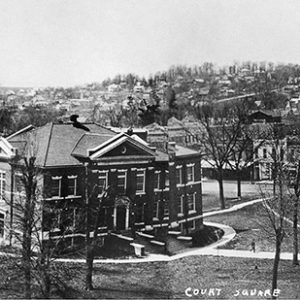 Harrison Courthouse Square
Harrison Courthouse Square
Entry Category: Counties, Cities, and Towns - Starting with H
 Harrison Courthouse Square
Harrison Courthouse Square
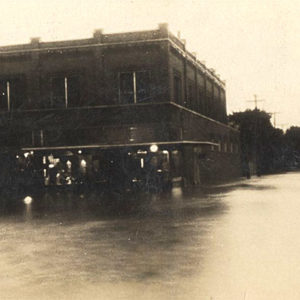 Harrison Flood
Harrison Flood
 Harrison Grammar School
Harrison Grammar School
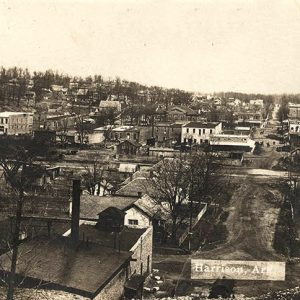 Harrison Overlook
Harrison Overlook
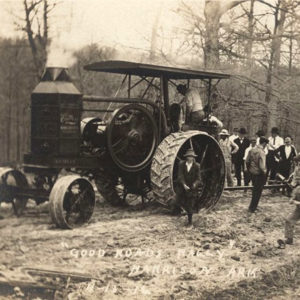 Harrison Roads
Harrison Roads
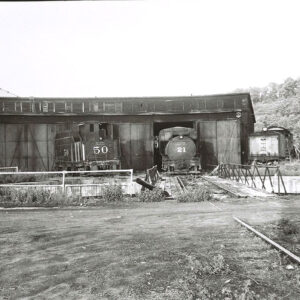 Harrison Roundhouse
Harrison Roundhouse
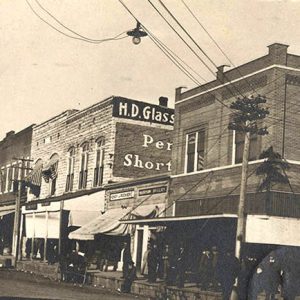 Harrison Street Scene
Harrison Street Scene
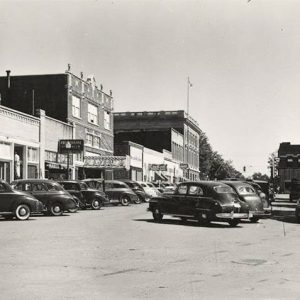 Harrison Street Scene
Harrison Street Scene
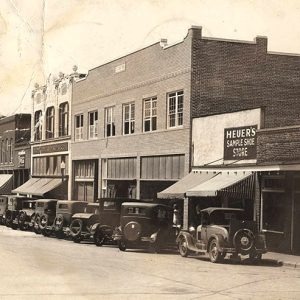 Harrison Street Scene
Harrison Street Scene
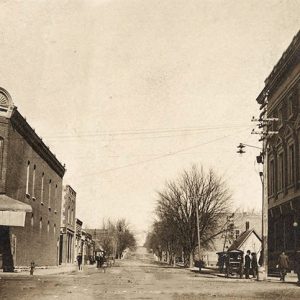 Harrison Street Scene
Harrison Street Scene
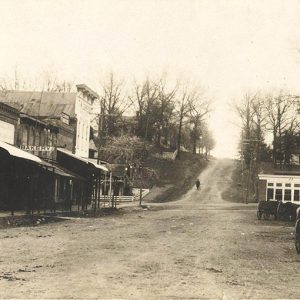 Harrison Street Scene
Harrison Street Scene
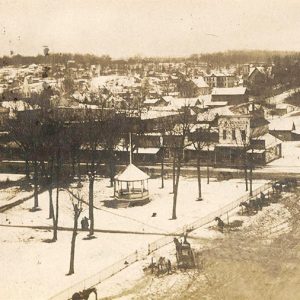 Harrison View
Harrison View
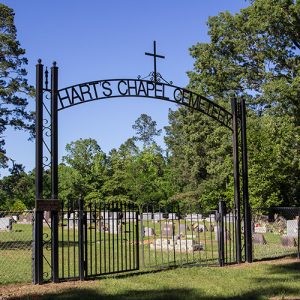 Hart's Chapel Cemetery
Hart's Chapel Cemetery
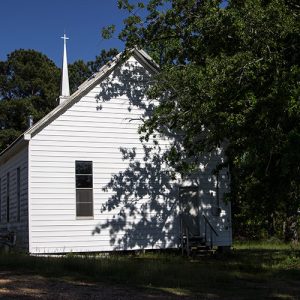 Hart’s Chapel Methodist Church
Hart’s Chapel Methodist Church
Hartford (Sebastian County)
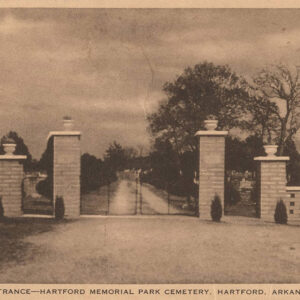 Hartford Cemetery
Hartford Cemetery
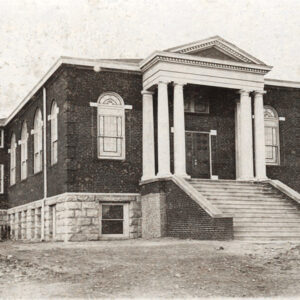 Hartford Church
Hartford Church
 Hartford Street Scene
Hartford Street Scene
Hartman (Johnson County)
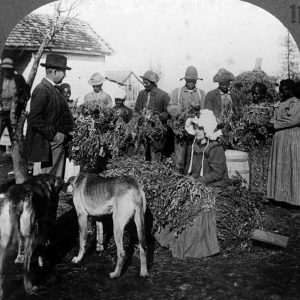 Harvesting Peanuts
Harvesting Peanuts
Harvey (Scott County)
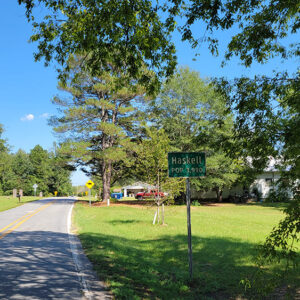 Entering Haskell
Entering Haskell
Haskell (Saline County)
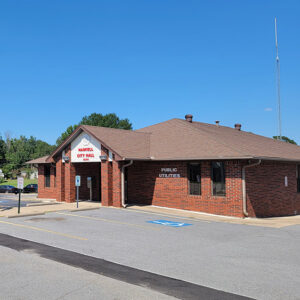 Haskell City Hall
Haskell City Hall
 Haskell Fire Department
Haskell Fire Department
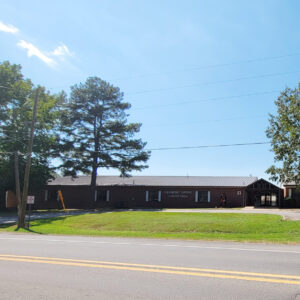 Haskell Junior High School
Haskell Junior High School
 Haskell Museums
Haskell Museums
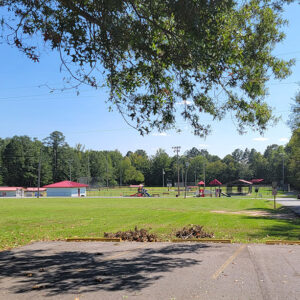 Haskell Park
Haskell Park
 Haskell Police
Haskell Police
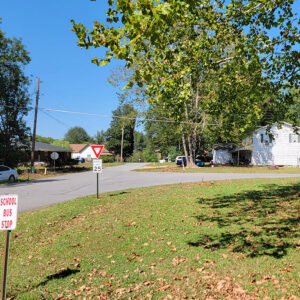 Haskell Street Scene
Haskell Street Scene
 Haskell Street Scene
Haskell Street Scene
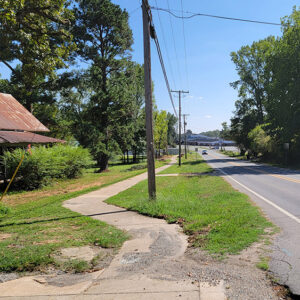 Haskell Street Scene
Haskell Street Scene
Hatfield (Polk County)
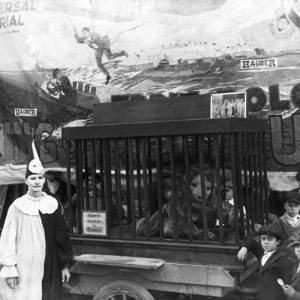 Hauber Theatre
Hauber Theatre
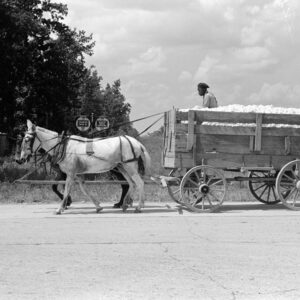 Hauling Cotton
Hauling Cotton
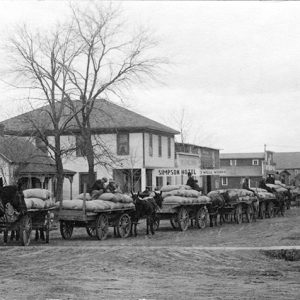 Hauling Rice to the Mill
Hauling Rice to the Mill
Havana (Yell County)
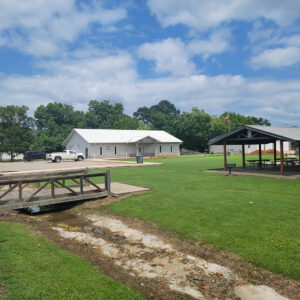 Havana City Hall
Havana City Hall
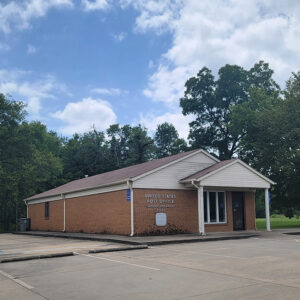 Havana Post Office
Havana Post Office
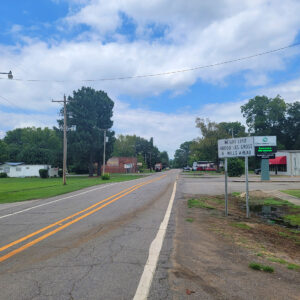 Havana Street Scene
Havana Street Scene
 Havana Street Scene
Havana Street Scene
Haynes (Lee County)
Hazel Grove (Independence County)
 Hazel Hotel
Hazel Hotel
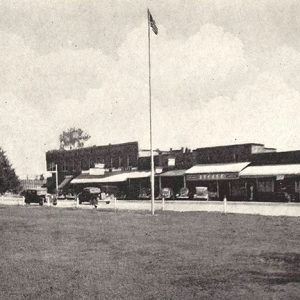 Hazen
Hazen
Hazen (Prairie County)
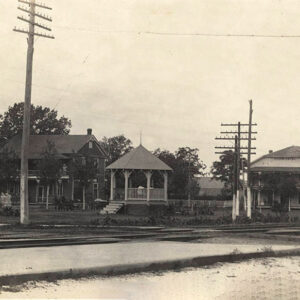 Hazen City Park
Hazen City Park
 Hazen Community Center
Hazen Community Center
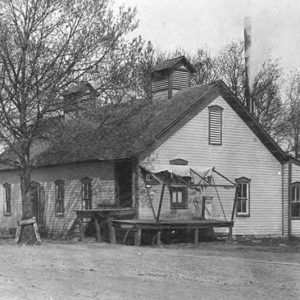 Hazen Creamery
Hazen Creamery
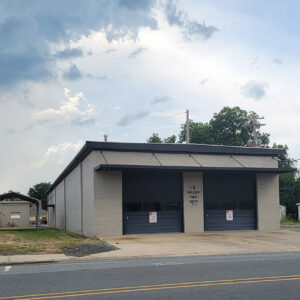 Hazen Fire Department
Hazen Fire Department




